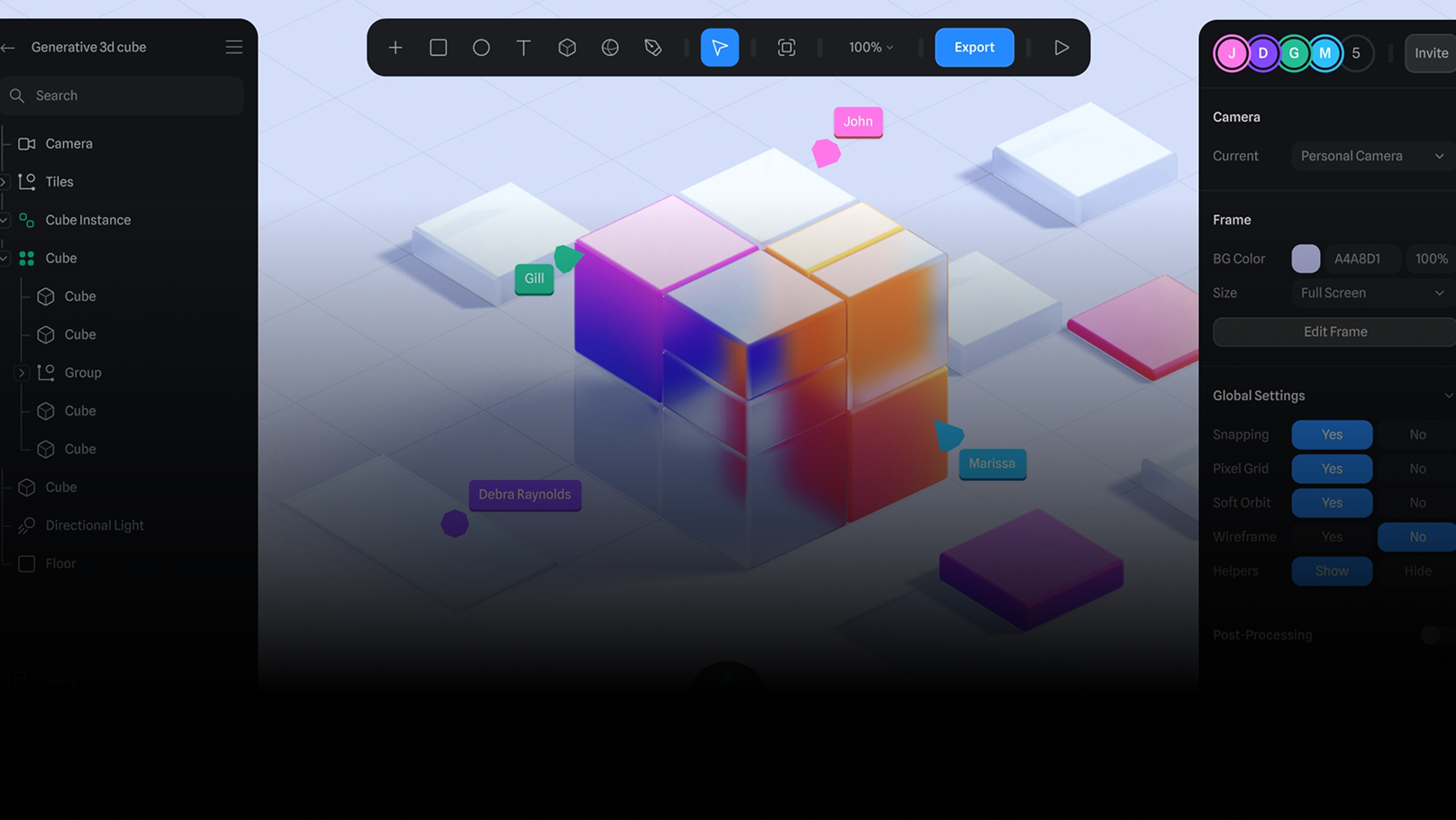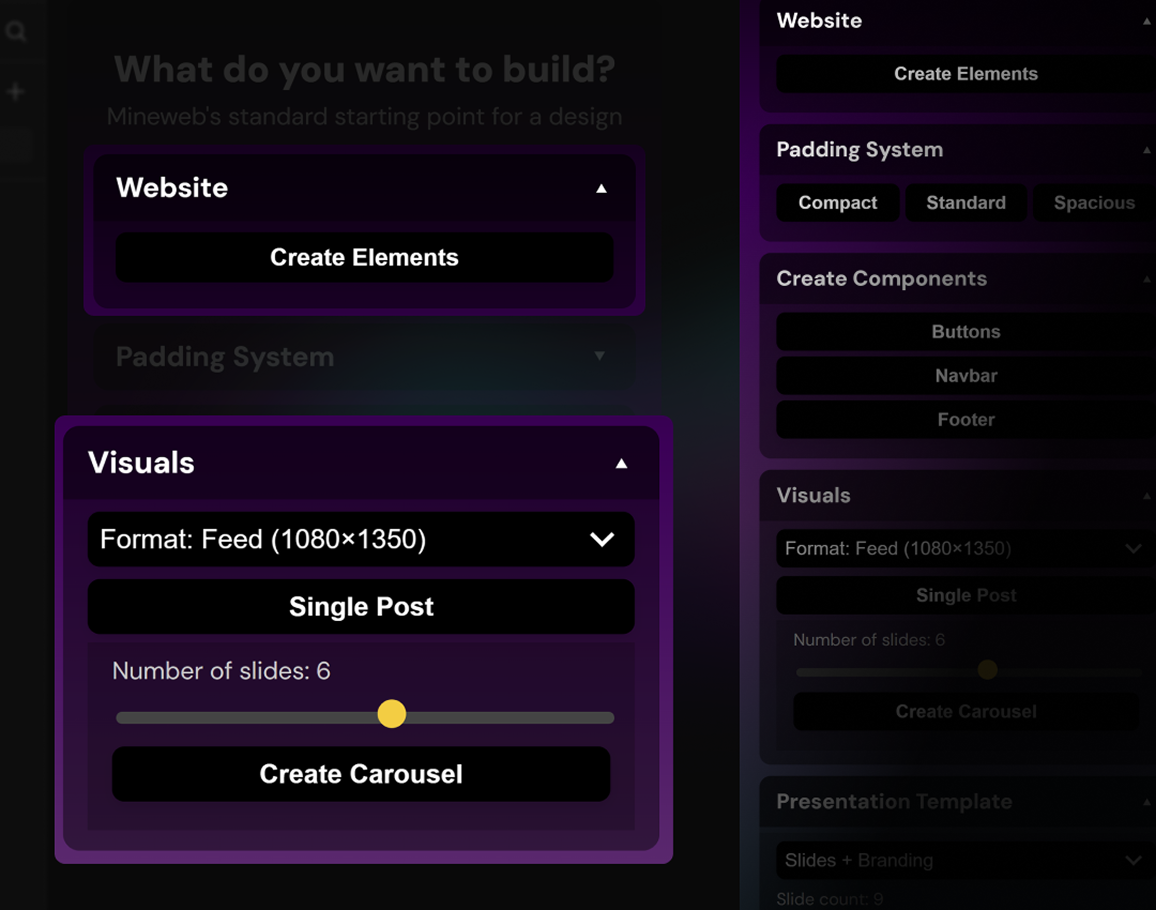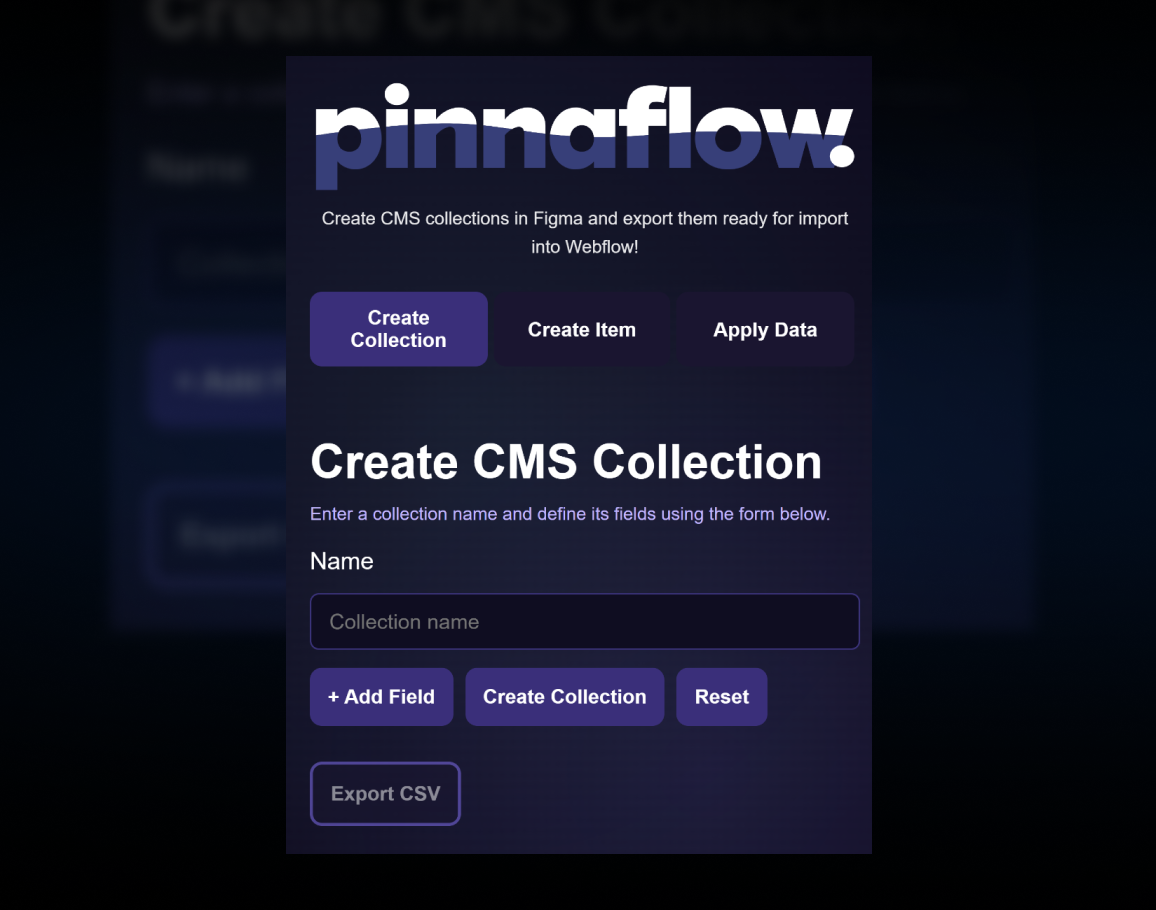Elevate Your Web Design: Integrating Spline with Webflow

Elevate Your Web Design: Integrating Spline with Webflow
Modern websites are no longer limited to static images and traditional layouts. With tools like Spline and Webflow, designers can now incorporate real-time, interactive 3D elements directly into their websites — no code required.
In this guide, we’ll explore how you can bring your Spline creations into your Webflow projects to add immersive, next-level design experiences for your users.
What Is Spline?
Spline is a powerful 3D design tool made for the web. Unlike traditional 3D software, Spline is built with interactivity and web deployment in mind. With its intuitive interface, you can create real-time 3D graphics, animations, and even user interactions — all visually.
You can design:
- 3D product mockups
- Interactive UI components
- Animated backgrounds
- Interactive illustrations and scenes
Why Integrate Spline with Webflow?
Webflow allows designers and developers to build powerful websites visually — with clean, semantic code under the hood. By embedding Spline projects, you bring together the visual elegance of Webflow with the immersive experience of 3D design.
Benefits include:
- Interactivity: Bring products or concepts to life with real-time interaction.
- Immersion: Keep users engaged with smooth animations and realistic environments.
- Performance: Spline uses WebGL and is optimized for web, ensuring performance across devices.
- No-Code Workflow: Integrate without writing JavaScript or complex 3D logic.
Use Cases for Webflow + Spline
- Product Showcases
Present products in 3D that users can rotate, zoom, and explore. - Hero Sections
Replace static headers with dynamic, animated 3D content that draws attention. - Interactive Portfolios
Show off your creative or technical skills with interactive models and environments. - Educational Content
Explain complex ideas with interactive 3D diagrams or simulations.
How to Embed Spline in Webflow: Step-by-Step
Step 1: Create Your Scene in Spline
- Visit https://spline.design
- Sign in and create a new project
- Design your scene or object
- Add animations or interactivity as needed
- Click Export and choose Embed
Step 2: Copy the Embed Code
Spline provides an <iframe> embed snippet like this:
<iframe src="https://my.spline.design/yourproject" frameborder="0" width="100%" height="100%"></iframe>
You can customize width, height, and responsiveness as needed.
Step 3: Add Embed Element in Webflow
- Open your Webflow project
- Drag an Embed component from the Add panel
- Paste the Spline
<iframe>code - Adjust sizing using Webflow styles for a responsive experience
- Save and publish
Optional: Responsive Styling Tips
To make the embedded 3D scene mobile-friendly:
- Wrap the iframe in a div with a set aspect ratio
- Use CSS padding tricks (
padding-top) for fluid sizing - Set
width: 100%and adjust height using breakpoints
Best Practices for a Smooth Integration
Optimize Your Scene
- Limit polygon count
- Compress textures
- Test on mobile and desktop
Control User Interactions
Spline allows you to control what the user can do — rotate, zoom, click — tailor this to your site experience.
Preload Smartly
Use Webflow’s interactions or preloaders to show a loading animation before the Spline scene is ready.
Real-World Example
Let’s say you’re building a product landing page for a smartwatch. You can:
- Design the 3D watch in Spline
- Add hover effects or tap interactions
- Embed it in your Webflow hero section
- Animate text or buttons to sync with the 3D scene
The result? A sleek, interactive, and unforgettable user experience.
Final Thoughts
Integrating Spline into Webflow is a game-changer for creative professionals, startups, and agencies looking to push the boundaries of modern web design. It’s a powerful, code-free way to stand out and turn your website into an immersive experience.
If you’re already using Webflow, adding Spline to your design toolkit opens a new world of possibilities.
Need Help Building a Webflow Site with Spline?
👉 Contact us at Pinnaflow — we design beautiful, interactive websites that convert.
Check out our Figma plugins

This Figma plugin is your all-in-one design generator, built to streamline your workflow and speed up the creative process. Whether you're working on a website layout, crafting UI components, or designing engaging social media visuals and presentation slides, this tool helps you create professional-looking assets with just a few clicks.

Figma CMS Table Generator helps you structure CMS data directly in your Figma file, and export it as a Webflow-compatible CSV.

